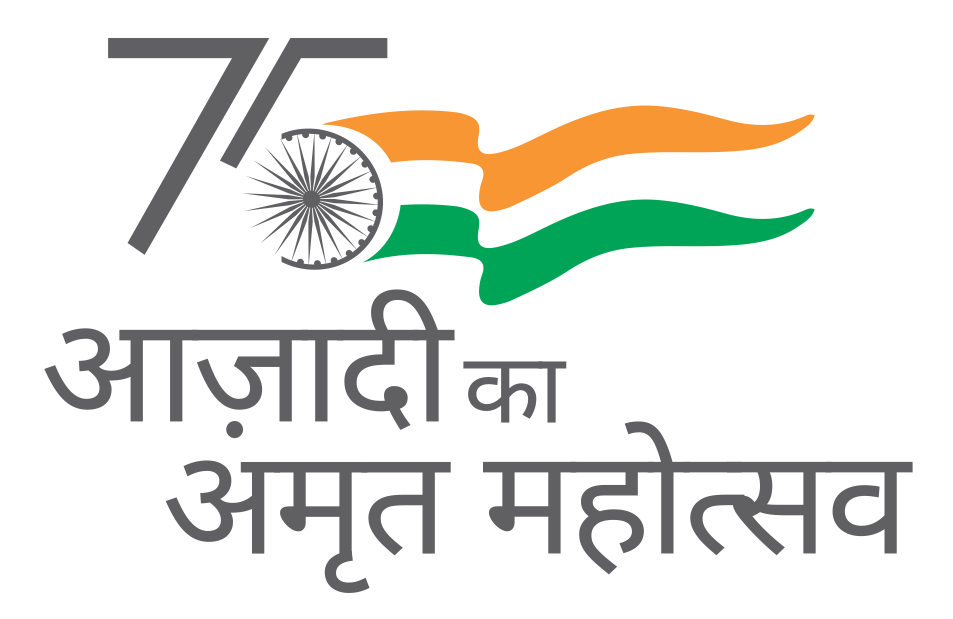.jpg)
GLOSSARY OF TERMS
Public Private Partnership: Public Private Partnership “PPP” is a form of fixed-term contractual arrangement between a public entity on one side and a private entity on the other, for the provision of public assets and/or public services through investments being made and/or management being undertaken by the private entity, may or may not require payment of fee by users, for a specified period of time, where there is well defined allocation of risk between the private entity and the public entity and the private entity’s performance is contractually obligated to conform (or are benchmarked) to specified and pre-determined performance standards.
Government Infrastructure Projects (Traditional Procurement): Infrastructure projects owned, developed and implemented by the Government.
Private Sector Infrastructure Projects:Infrastructure projects implemented by the private sector.
Sector and Sub-sector:The main domain and sub-domain to which the project belongs.
Status: The current phase of project life cycle.
Type of PPP:Mode under which the project is being implemented.
Annuity:In this type of BOT model, the government harnesses private sector efficiencies through contracts based on availability/performance payments. The granting authority pays the concessionaire annuities on scheduled dates throughout the concession period.
Build Operate Transfer (BOT): BOT is a framework where the private entity receives a franchise to finance, design, build and operate a facility (and to charge user fees) for a specified period, after which ownership is transferred back to the public sector. This type of arrangement involves greatest level of private sector participation across a set of different functions and often covering a long period. The risk allocation to the private sector may be significant, including volume and finance risk, and potentially price risk.
Build Own Lease Transfer (BOLT): It is a non-traditional procurement method of project financing whereby a private or public sector client gives a concession to a private entity to build a facility (and possibly design it as well), own the facility, lease the facility to the client, then at the end of the lease period transfer the ownership of the facility to the client.
Build Own Operate (BOO): This is a type of PPP project model in which a private organization builds, owns and operates a project or structure with some incentive from the government. Although the government doesn't provide direct funding in this model, it may offer other financial incentives such as tax-exempt status. The developer owns and operates the facility independently.
Build Own Operate Share Transfer (BOOST): This is a type of PPP model, in which a concessionaire is authorized to finance, construct, own operate and maintain, share a part of the revenue and transfer the infrastructure facility at the end of the period. The proponent is allowed to recover its total investment, operating and maintenance costs plus a reasonable return thereon by collecting tolls, fees, rentals or other charges from facility users.
Build Own Operate Transfer (BOOT): In this type of PPP model the developer designs and builds a complete project or a facility at little or no cost to the government, owns and operates the facility as a business for a specified period (usually 10 to 30 years), after which transfers it to the government at a previously agreed-upon or market-price.
Design Build Finance Operate (DBFO): This is a type of PPP model where the private sector party is awarded a contract to design, construct, finance and operate a project. In consideration for performing its obligations under the agreement, the private sector party may be paid by the government agency or from fees collected from the project's end users. The government or government-owned entity retains ownership of the project.
Design Build Operate and Transfer (DBOT): In this type of PPP model the project is financed only to the extent of a certain percentage of the cost by the private investor and this investment is recovered through annuity payments to be made by the Government/Authority over a specified period commencing from the date of commissioning of the project. The balance percentage of the project cost is provided by the Government during the construction period.
Hybrid Annuity Model (HAM):HAM combines EPC (40 per cent) and BOT-Annuity (60 percent). On behalf of the government, NHAI releases 40 per cent of the total project cost. It is given in five tranches linked to milestones. The balance 60 per cent is arranged by the developer. Here, the developer usually invests not more than 20-25 per cent of the project cost (as against 40 percent or more before), while the remaining is raised as debt.
Lease: Under a lease, a private firm (Lessee) leases the assets of an enterprise from a properly empowered government authority (Lessor) and assumes full responsibility for operations and partial responsibility for investments for a period usually between ten and fifteen years. Typically under a lease, the user fee, or tariff in the case of utility services, is used to pay the “lessee fee”, which remunerates the Lessee for his costs, plus a reasonable return. The remainder of the tariff goes to the government and is used to fund capital investments.
Lease Develop Operate Transfer (LDOT): In this type of PPP arrangement, assets are leased out to the private sector under specific terms, to operate and maintain the asset for the term of the concession period, after which the assets are transferred to the authority.
Design Build Finance Operate and Transfer (DBFOT): In this type of PPP mode, the project is developed by the concessionaire on Design, Build, Finance, Operate and Transfer concession framework. In consideration for performing its obligations under the agreement, the private sector party may be paid by the Government agency or from fees collected from the project’s end users. The project is transferred back to the Government at the end of the concession duration.
Management contract: The private partner takes responsibility for managing specified aspects of the service provision. Ownership and investment typically remain with the public sector, although some rehabilitation responsibilities can be transferred to the private partner.
Operations & Maintenance (Service contract): The Government bids out the right to deliver a specific service or gives part of the undertaking to the private sector for operations and maintenance of the assets.
Rehabilitate Operate Maintain and Transfer (ROMT): Rehabilitate Operate Maintain and Transfer (ROMT) is a contractual arrangement whereby an existing facility is turned over to the private sector to refurbish, operate and maintain for a franchise period, at the expiry of which the legal title to the facility is returned to the government.
Build Lease Transfer (BLT): This type of PPP model involves building a facility, leasing it to the Government and transferring the facility after recovery of investment.
Contract Period: The length of time measured in years that the terms of a contract agreement are in place.
Concessionaire: The private player who signs a concession with the government department to develop a project and / or operate a facility as per the terms and concession of the Concession Agreement.
Concession Period: The period beginning from the appointed date and ending on the termination date of the concession.
Financial Closure Year: The year in which private sponsors agree to a legally binding agreement to invest funds or provide services. Closure occurs when there is legally binding commitment of private sponsors to mobilize funding or provide services. The definition of financial or contractual closure varies among types of private participation.
Harmonized Master List of Infrastructure Sub-Sectors: This refers to the Harmonized List (as per notification of Ministry of Finance, Department of Economic Affairs vide Gazette No. 262, dated October 11, 2022,) of Infrastructure Sectors and sub-sectors. The database captures information on projects aligned to this Harmonized list.
Project Capacity: It is the size of a project measured in the units of the capacity type assigned to the project. For example:
- Number of kilometers is used for road, railway, energy transmission, and telecommunications long-distance carrier projects.
- Installed megawatts are used for electricity generation projects.
- Thousands of cubic meters per day is used for water treatment plants.
- Thousands of installed connections is used for telecommunications network and water or electricity distribution projects.
- Throughput (thousands of TEU per year) is used for seaport terminals.
- Population (thousand) is used for electricity and electricity distribution projects when information of installed connections is not available.
Project Cost (As per agreement): This is the cost mentioned in the concession agreement at the time of signing the agreement.
Project Cost (Revised): This is cost of the project which has been revised during the on-going construction of the project.
Project Cost (Actual): This is the final cost that has been incurred after completion of the construction of the project.





.png)
